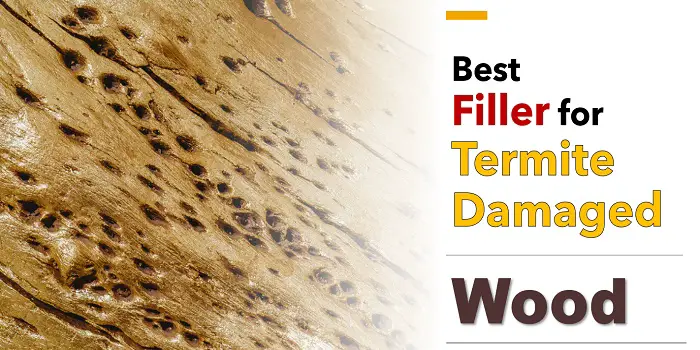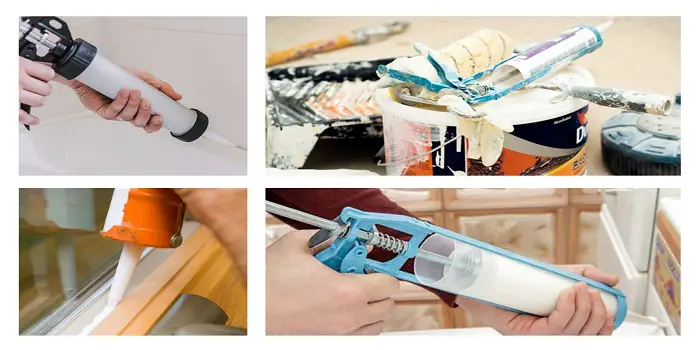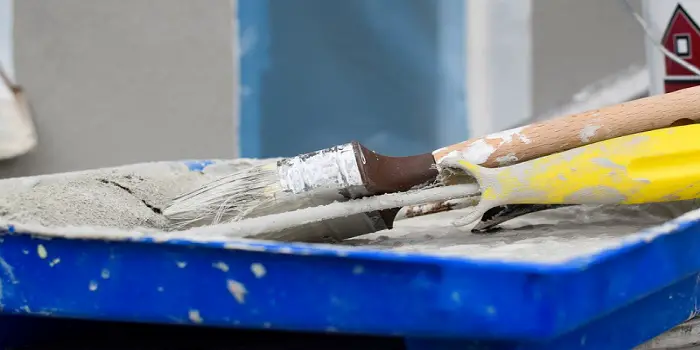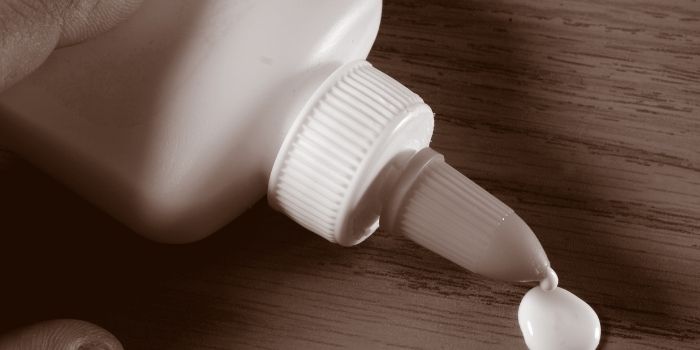
You just planned to give a nice makeover to your decking area. You started by sanding it thoroughly, and then you cleaned it off with a damp cloth.
Now, in order to fix the cracks between deck boards, you decided to use wood glue. But when you opened the bottle of wood glue, you found it was too thick to spread over the cracks without creating blobs.
Ever wondered if you could thin thickened wood glue in the bottle? Wonder no more! In this post, I’ll show you how to do it and also provide a few tips on how to make the most of your gluing experience.
What's Here in the Article:
Thinning Wood Glue That Has Thickened
Wood glue is an adhesive used to bond two pieces of wood together. It’s made from a mixture of chemicals designed to create a strong bond between the two surfaces. With age, these chemicals can break down and form a thicker consistency.
Another main reason for wood glue thickening is the exposure to air which can cause the wood glue to thicken due to evaporation of water content in the glue, especially if the bottle is not properly sealed after use. Furthermore, extreme temperatures, and contamination from dust, dirt, or other substances can also affect the viscosity of the glue.
Fortunately, there are a few methods that you can use to thin thickened wood glue. Some of the most common ones that I have success on include…
1- Add Water to Soften the Glue
One of the easiest ways to thin out thickened wood glue in an old bottle is to add some warm water and stir it well until you reach your desired consistency.
Start by adding a small amount of warm water and then shake the bottle vigorously to mix the water with the glue. Continue adding water gradually until you reach the desired consistency. As you work, you will see that the warm water will help to loosen the glue and make it easier to pour and work with.
Thinning wood glue with water should not significantly affect its strength, as long as you don’t over-dilute it. However, using too much water or using a solvent other than water can weaken the adhesive properties of the glue. It’s important to follow the manufacturer’s recommendations for thinning and use.
2- Add Vinegar or Rubbing Alcohol
Solvents like white vinegar, rubbing alcohol, or glycerin can be a safer option for thinning wood glue. Add a small amount of white vinegar to the bottle and shake well to mix.
Vinegar is less likely to affect the adhesive properties of the glue, but it may take some time to fully incorporate into the thickened glue.
Keep in mind that high-quality adhesive should flow smoothly. Whereas lumpiness, stringy consistency, or glue turning pasty is a sign of deterioration. If you notice clumps or gels in the adhesive that don’t dissolve when stirred, it’s likely gone off. Do not try to fix and reuse such kind of glue as it will not be effective.
3- Heat and Tap the Glue Bottle on a Hard Surface
If you have time and the right materials on hand, heating up your bottle of wood glue in a warm water container may be a good option to revive it. Once warmed tap the bottle on a hard surface which will help loosen up the clumps or gels in the glue and make it easier to use on the surface.
If none of the other methods work, your best bet may be to simply buy a new bottle of wood glue. This will ensure that you have an effective product that is easy to use and doesn’t cause any problems.
What should I do if I’ve accidentally thinned wood glue too much?
If you’ve accidentally added too much water or solvent to your wood glue, you can try to thicken it again by allowing some of the water to evaporate. Leave the glue container open in a well-ventilated area and periodically check the consistency until it reaches the desired thickness. Alternatively, you can mix in more unthinned glue to balance out the consistency.
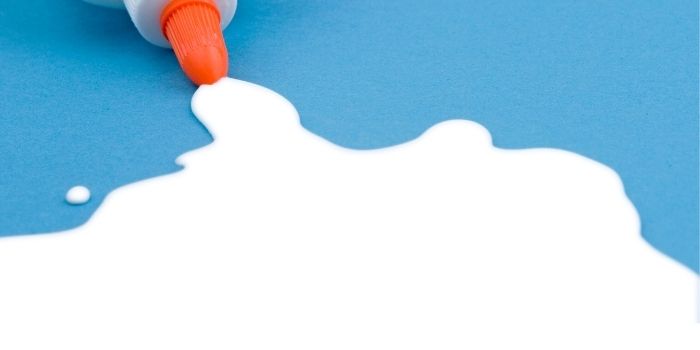
How to Prevent Wood Glue from Thickening?
There are several ways to prevent your Elmer’s, Titebond wood glue from thickening prematurely, including:
1- Always Use a Fresh Small Bottle
Although wood glue generally maintains a lengthy shelf life, opting for newer glue can diminish the likelihood of it thickening from age or environmental exposure.
If you frequently utilize only a small quantity of wood glue, contemplate transitioning to a smaller bottle or container. Doing so can minimize the extent of air exposure the product encounters, thereby thwarting rapid thickening.
2- Keep the Glue Bottle Sealed When Not in Use
After each application, remember to clean the tip of the glue bottle after each use. Residual glue on the tip can solidify and obstruct the flow, potentially causing thickening within the bottle.
Additionally, make sure to tightly seal the container to prevent air from infiltrating. Oxygen exposure can result in the gradual thickening of the glue. Certain wood glue bottles are equipped with airtight caps or seals specifically for this purpose.
3- Avoid Contamination and Store the Glue in a Cool and Dry Environment
To prevent contamination of the glue, maintain cleanliness in both the bottle and your work area. Accumulated dust, dirt, or other debris can compromise the consistency of the glue over time.
For optimal storage conditions, keep the wood glue in a cool, dry place away from direct sunlight and extreme temperatures. A temperature-controlled environment is conducive to maintaining the consistency of the glue over its shelf life.
When to Get Rid of Thickened Wood Glue Bottle?
Firstly, if the glue’s consistency has become unusable, either too thick or stringy, it becomes challenging to apply smoothly or achieve proper adhesion. Secondly, if you notice clumps or gels in the glue that do not dissolve or mix back in even after vigorous stirring, it indicates a degradation of the glue. Thirdly, if the glue has exceeded its expiration date and remains thickened despite attempts to revive it, it should be replaced.
Additionally, if the glue fails to create a strong and durable bond between wood pieces even after application, it suggests it has lost its effectiveness. Visible contamination such as mold growth or foreign particles is another sign of deterioration and warrants disposal.
Moreover, if repeated attempts to restore the glue’s consistency fail, despite trying various methods like adding water or stirring vigorously, it is likely unsuitable for use. In such cases, it is advisable to responsibly dispose of the thickened wood glue bottle following local regulations for hazardous waste disposal.
Depending on how much adhesive you have left in the bottle, and whether it has hardened completely, replacing it with a fresh bottle of wood glue ensures optimal performance for your woodworking projects.
Share the post "How to Thin Thickened Wood Glue? (Elmer’s, Titebond, etc)"

Douglas Becker (aka Painter Doug) has over twenty years of experience as a painter in Adkins, Texas. At present, he resides in Florida with his family.
From painting multi-storeyed houses, condos, and apartments to large commercial buildings and small offices, he had served various customers in areas not only in Adkins but also in Southwest Florida, Sarasota, Naples, and many more. To know more about him check here.


